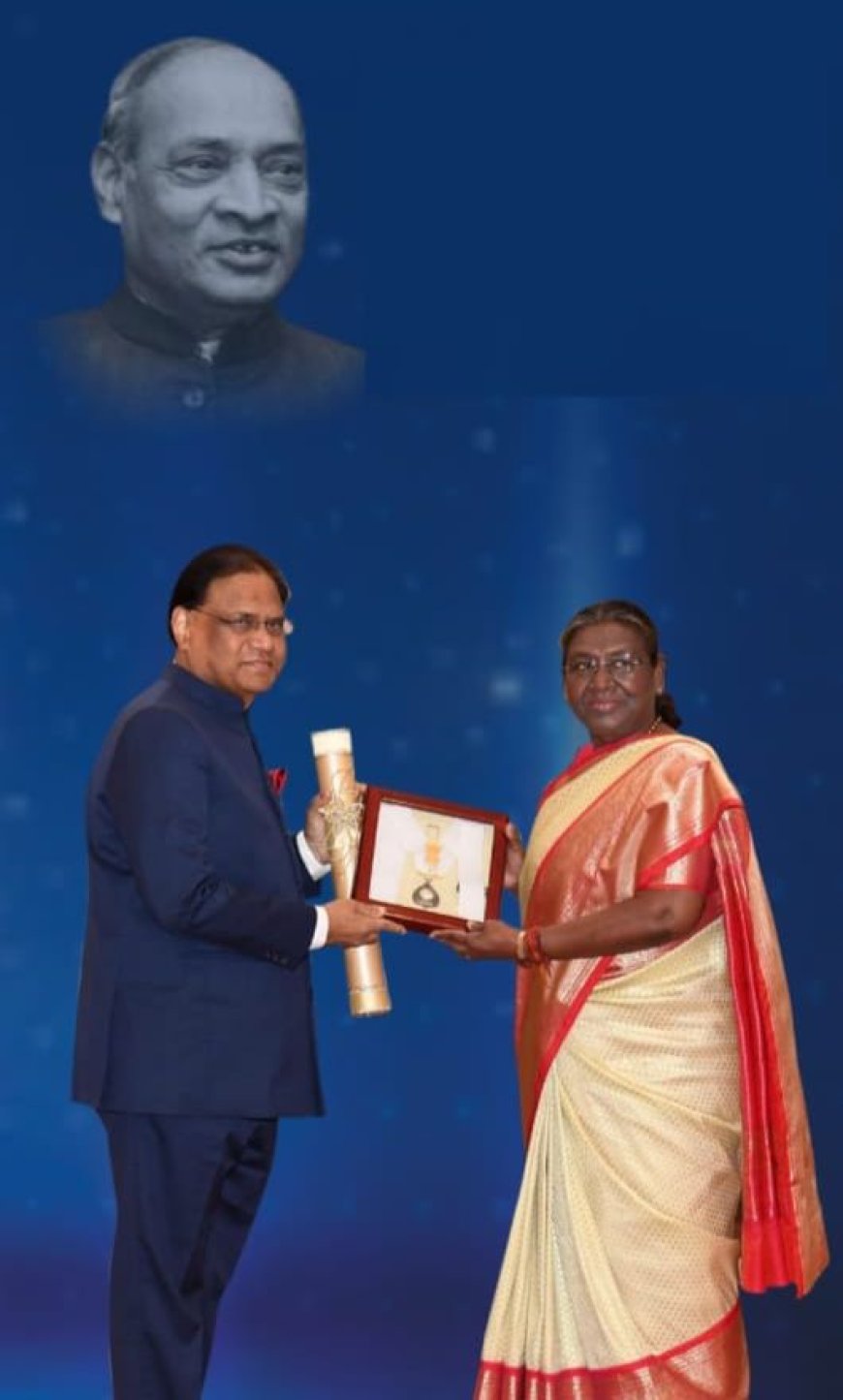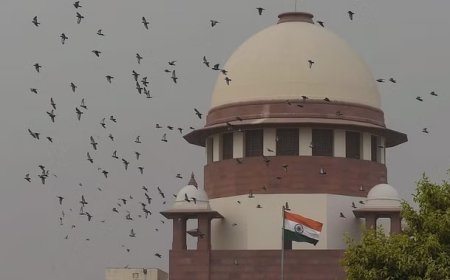Remembering P.V. Narasimha Rao: The Architect of India's Economic Reforms ::P.V.Prabhakar Rao
P.V.Prabhakar Rao is the Chairman PV Global Founadation and the third son of Late Sri. P.V.Narasimha Rao narrated about.P.V. Narasimha Rao dedicated his life to reforms, embodying true.

heydrabad (RNI) professionalism.Rao rose to become Prime Minister, bringing pride to Telangana and to Telugu-speaking states. Honoring him on his 103rd birth anniversary, especially after beingposthumously awarded the Bharat Ratna, is a fitting tribute to his immense contributions.Victor Hugo once said, "Nothing on earth can stop an idea whose time has come." The idea of economic reforms wasn't new, but its time truely came in 1991. For a miracle to happen, three elements are needed: the man, the moment, and the idea. The moment for economic reforms was always available, and the idea had been circulating in the corridors of power for decades. However, it was only when Rao, the 'man,' appeared on the scene that the 'miracle' of economic
transformation occurred:This transformation led to a paradigm shift in how Indians perceived their nation and how other countries viewed India. While political independence was achieved in 1947, many believe that economic independence only came in 1991. India's real growth story began with Rao's reforms, planting a seed that has grown into a full-fledged tree bearing fruits and providing shade to all.
Retrospection allows for a holistic and objective view of past events, forming unbiased conclusions. Although historians believe a comprehensive view of an event requires a time lapse of 50 years, even after 33 years, we can judge the impact of the 1991 reforms without hyperopia.
Evaluating 33 Years of Reforms:
The cardinal question is whether we, as individuals and as a country, are better off today after 33 years of reforms. The answer is a resounding yes.
During the 1980s, when Chinese Premier Deng Xiaoping was asked about implementing capitalist policies in a communist country, he pragmatically replied, "I don't care if my cat is black or white as long as it catches mice." This pragmatic approach was mirrored by Narasimha Rao. Wealth creation and equitable distribution are two sides of the same coin. If wealth creation is capitalism, equitable distribution ensuring inclusive growth is socialism. Reforms should be seen as instruments of change, ultimately serving the needy and socially excluded groups.
Rao did not invent the administrative structure or official delivery mechanism. He merely removed outdated policies, inspired creative entrepreneurs by lifting control shackles, and connected them to the world market. He created an ecosystem for reforms to spur economic growth.
The Pre-Reform Era and the Crisis of 1991:Prior to 1991, the state was involved in planning, saving, investing, and managing to ensure development and welfare. However, the results were minimal. The balance of payments crisis led to pledging gold for raising dollars. Rao used this crisis as an opportunity, demonstrating realism by converting challenges into opportunities.
Within 45 days of taking office, Rao initiated significant policy changes:
- Liberalizing the market economy through trade reforms, devaluation of the rupee, cutting tariffs and subsidies, and introducing a free exchange regime.
- Unshackling the private sector by abolishing the License-Quota-Permit Raj and connecting the private sector to global markets, allowing foreign investments across various sectors.
He emphasized rural development, increasing outlays and introducing programs to generate employment and boost the rural economy. The Panchayatraj at village level was integrated with Central government funding by Constitutional amendments and creating a byepass model. Programs like PM Sadak Rojna, PM Rojgar Rojna (now MNREGA), DWAAKRA, and others significantly contributed to in rural development.
Achievements and Challenges of the Reforms:Factoring in issues like probable low human development index, poor health infrastructure, and inadequate quality of education, Rao's philosophy of the 'middle path' emphasized reforms with a human face. Subsequent reforms continued to build on Rao's legacy, with privatization, FDI in multi-brand retailing, and significant sectoral reforms, Insolvency and Bankruptcy Code, GST bill and so on.. However, economic disparities and poor human development indicators remained a challenge.
The Future of Reforms in India:
India has lifted millions out of poverty, but millions more remain in need. Creative thinking and quick poverty alleviation programs are essential to address these issues. Skilling India's youth is crucial to harnessing employment benefits and the demographic dividend.
With government stability and decisive governance, India is at a crossroads with immense potential. Improved and decisive governance is crucial to seizing opportunities and emerging as a strong economy. As Brutus tells Julius Caesar, "We are at the crossroads with stars on our side." Let us hope and seize new opportunities and derive the benefit of Demographic dividend .
On the occasion of P.V. Narasimha Rao's 103rd birth anniversary and the completion of 33 years of economic reforms, let us celebrate his vision and remember his great contribution in shaping modern India.
What's Your Reaction?
 Like
0
Like
0
 Dislike
0
Dislike
0
 Love
0
Love
0
 Funny
0
Funny
0
 Angry
0
Angry
0
 Sad
0
Sad
0
 Wow
0
Wow
0










































































































































































